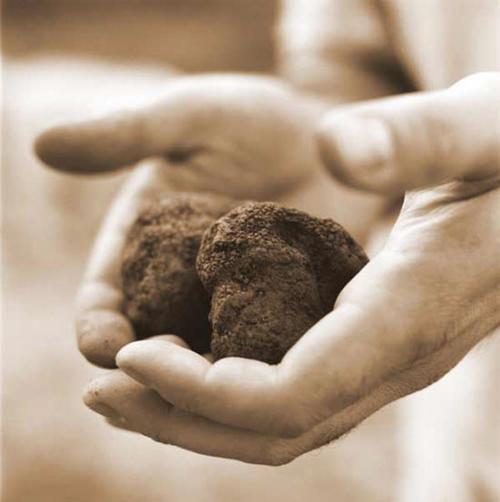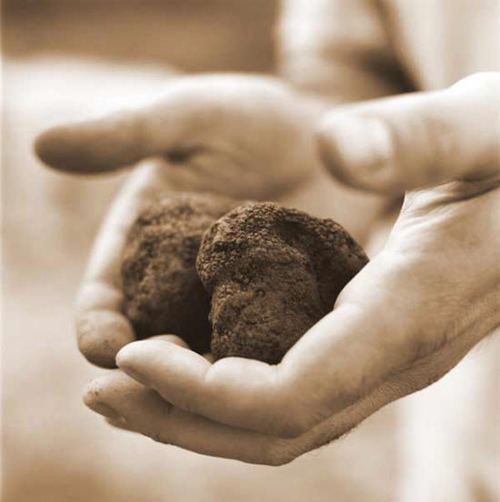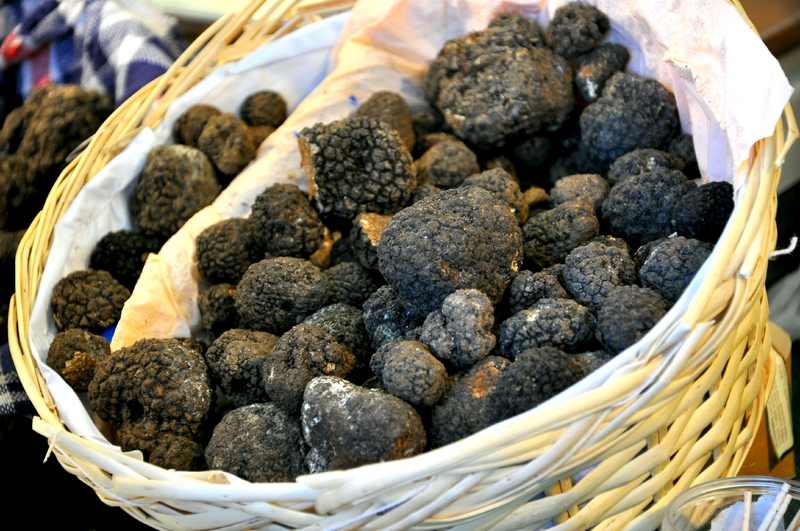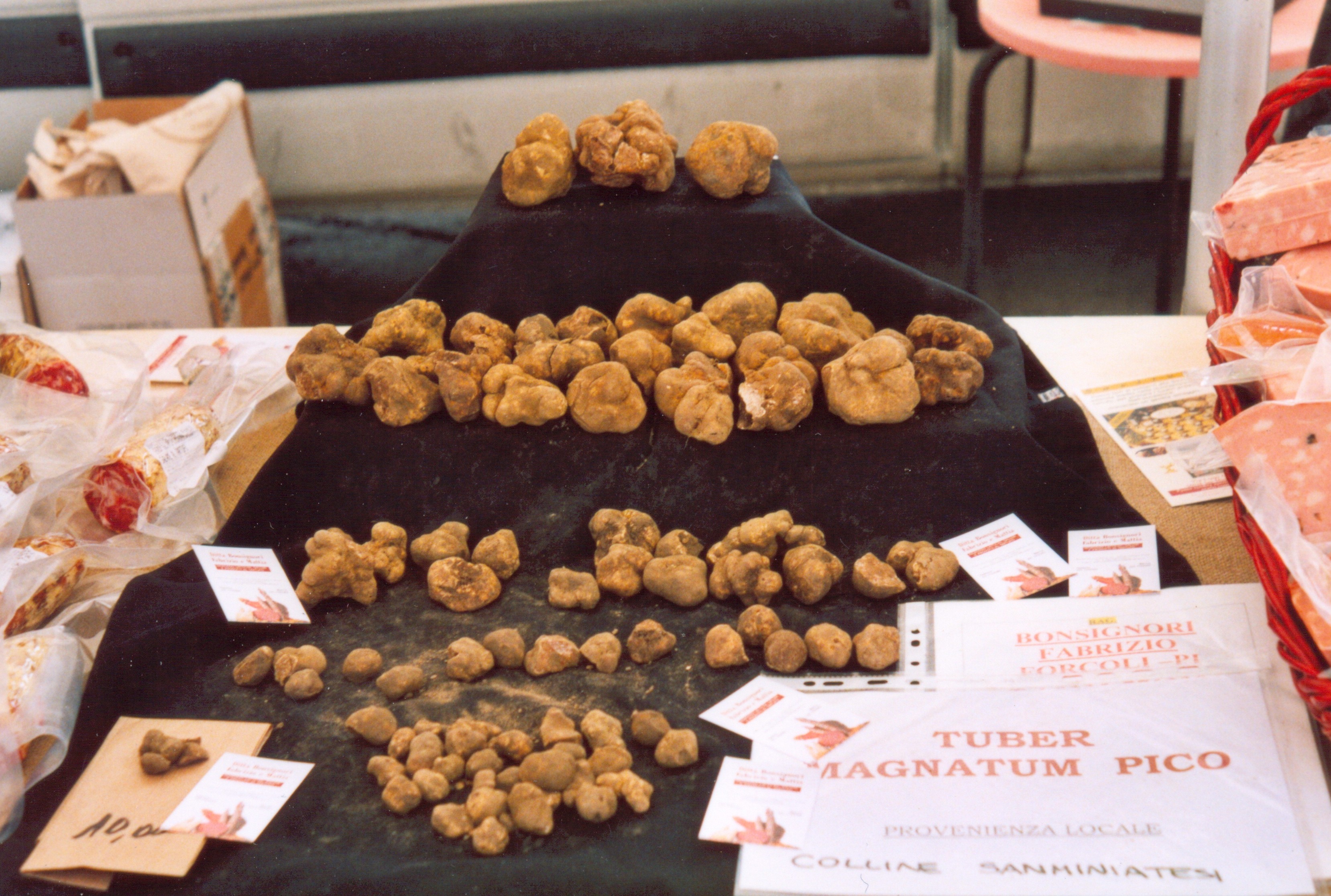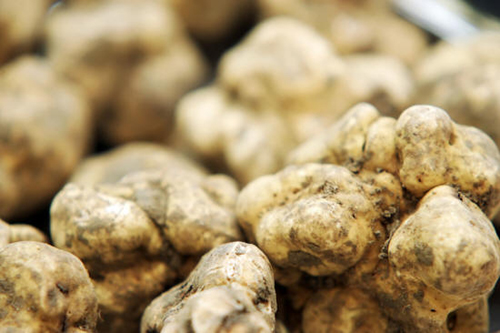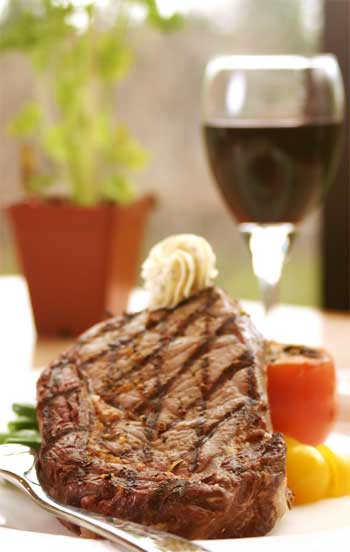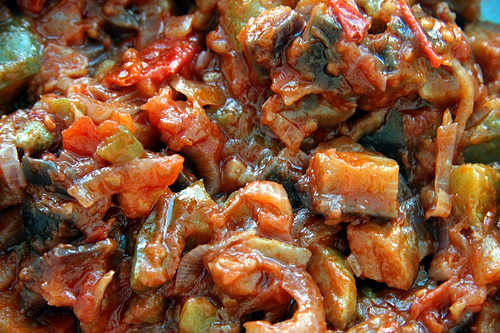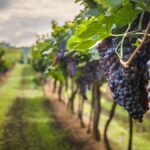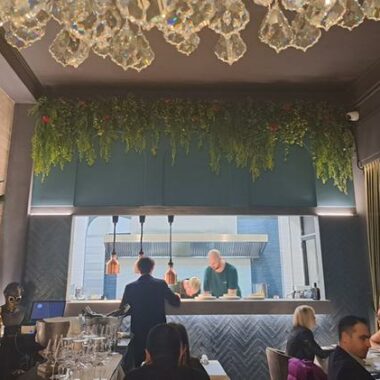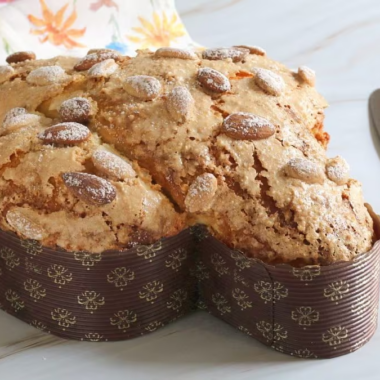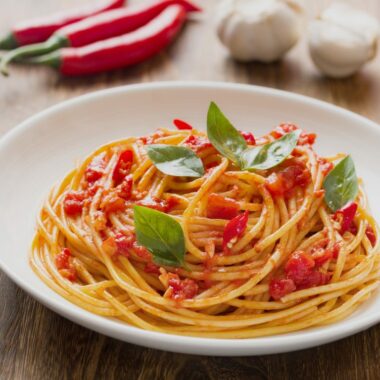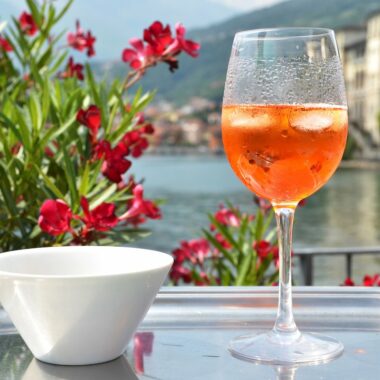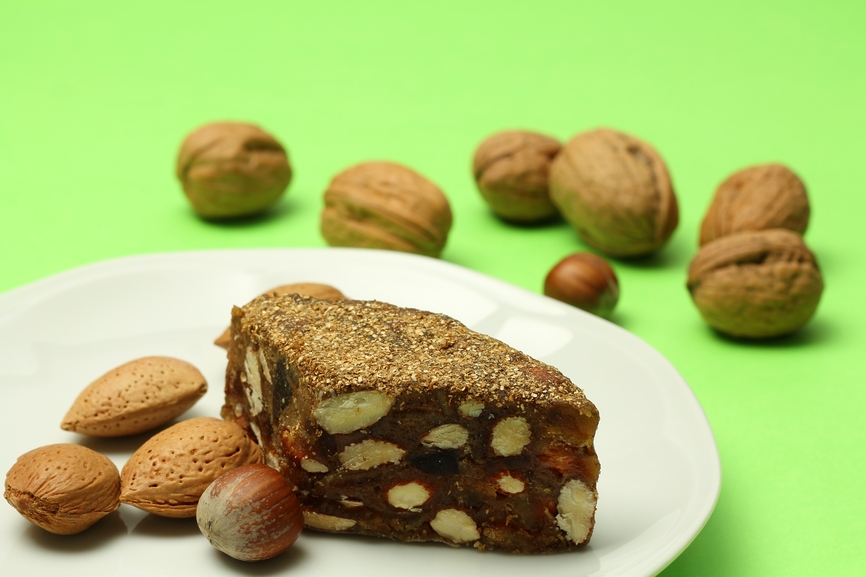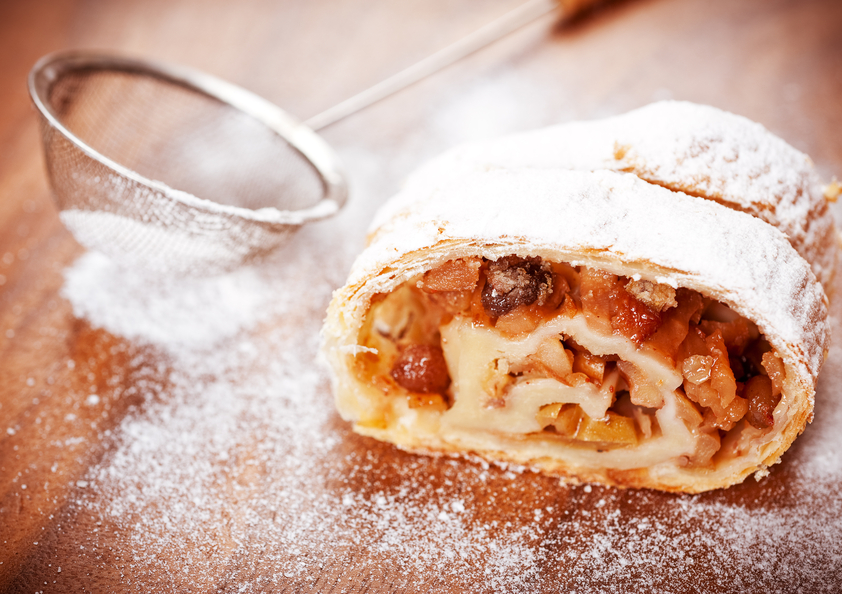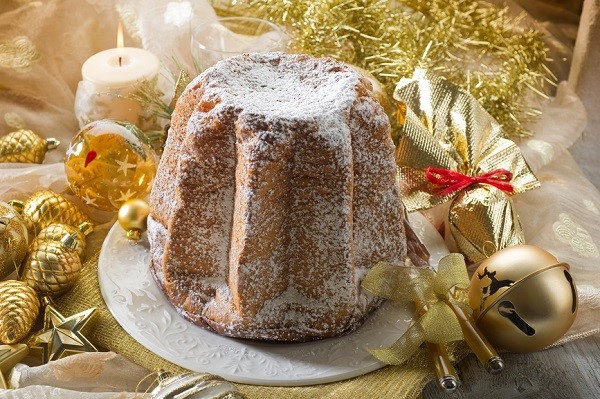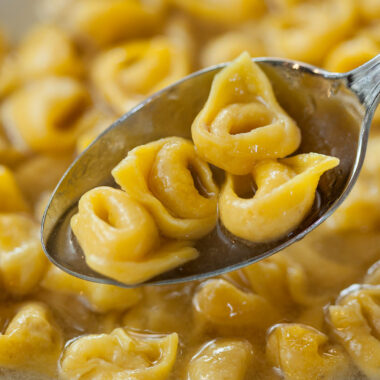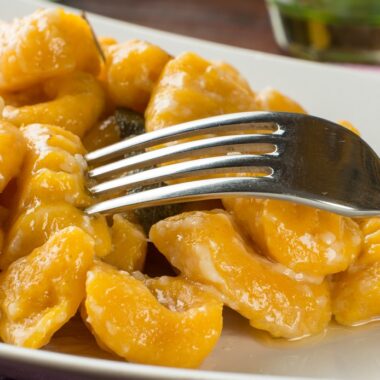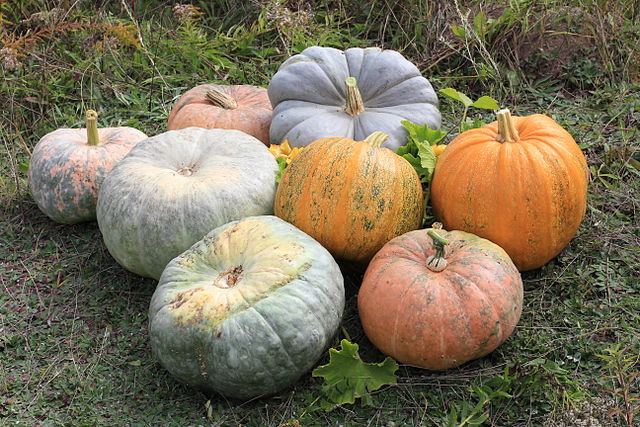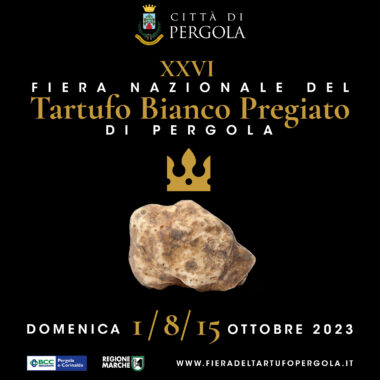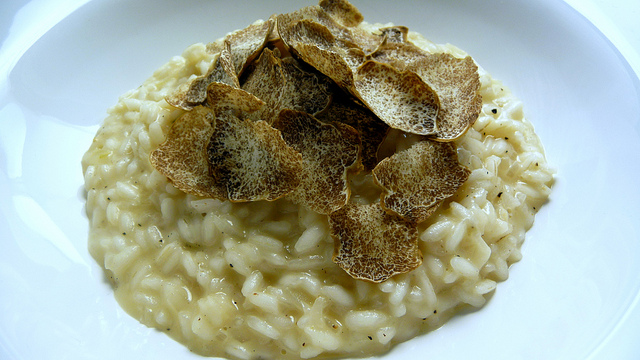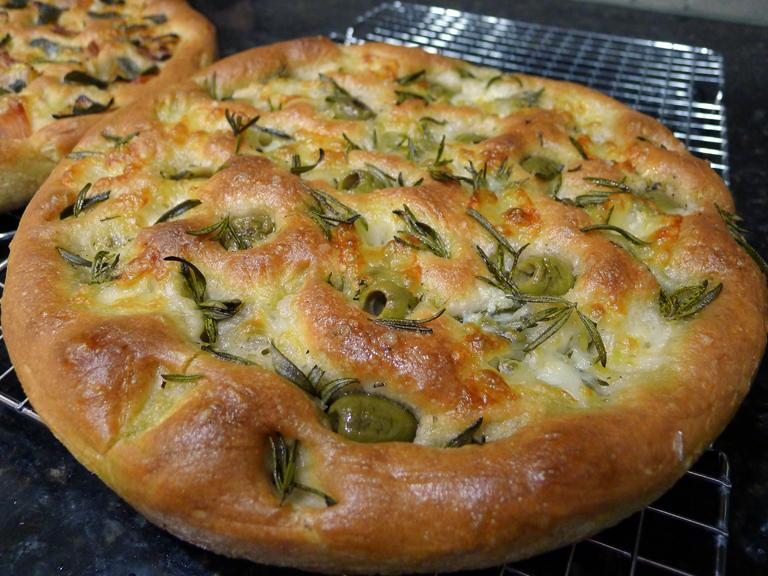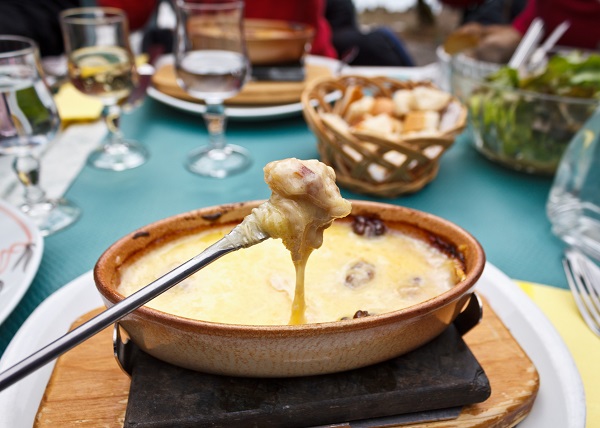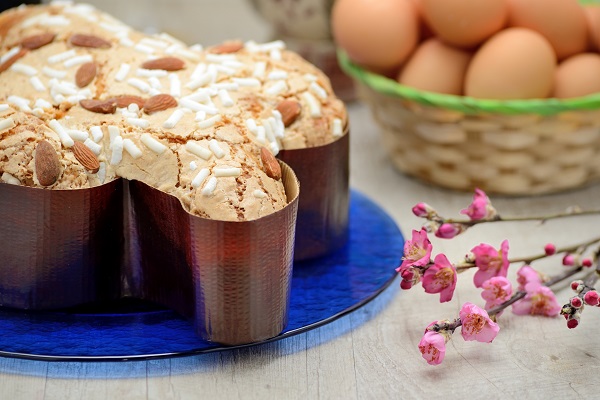In the world of gourmet foods, there is one treasure that is literally and figuratively worth its weight in gold. Truffles, especially the highly sought after white variety, are the pinnacle of gourmet, usually too expensive for most consumers, except in parts of Northern Italy and Umbria where “tartufi” are a key ingredient in local dishes. In this way truffles live a double life: outrageously expensive and used in the highest of high cuisine, and yet harvested in a time-honored tradition that has little to do with gourmet sophistication. In Piedmont and Umbria, the hearts of truffle country, harvest season is a time of celebration for both truffle harvesters (trifolau) and the towns that host the ever-popular truffle festivals. A visit to these regions in the Fall will reward the traveler with culinary gold in the form of numerous regional specialties graced with freshly shaved truffles, harvested the previous night or that very morning.
What are Truffles?
It was once believed that truffles grew in spots where lightening struck, however there is a much more scientific explanation for their existence.
All types of truffles are related to mushrooms and are known as hypogenous fungi. Like mushrooms, truffles have a system of root-like structures but unlike mushrooms, truffles never emerge from the surface. Instead truffles are formed below the soil close to a tree’s root systems and similar to how porcini mushrooms live off a nearby tree’s nutrients, truffles are the “fruit” of another fungus/tree relationship.
The truffle could be considered a parasite, since it’s not known if the tree receives any benefits from this relationship. The fungus that makes truffles can only survive in certain soil conditions such as those created in stands of oak, willow and linden trees. Once attached to a root, the fungus will produce one truffle per year, with each type of tree lending a distinctive aroma and flavor to the truffle.
Variety of Truffles
Depending upon the variety of truffle (at least eight species grow in Italy), these delicious fungi are harvested from late summer to early spring by experienced gatherers known as “trifolau.” The truffles harvesters are a secretive lot who keep their special truffle groves to themselves, often taking long winding paths at night or in the early morning fog to confuse those that would try to follow. Trifolau are much like fishermen in that they have very guarded conversations with each other, lest any “trade secrets” are leaked. These men are the masters of poker face: you can never tell if it had been a good harvest day or bad – they would never give out that kind of information. This secrecy has ensured that these rare edibles are still around for us to enjoy and not ravaged by poachers, who would not dig with the care to preserve the truffle forming fungus underground. The trifolau does have some help in his hunt, as the actual finding of the truffle is done by either a trained pig or by a mongrel dog (it is said pedigree dogs cannot smell truffles) with its superior sense of smell. Without these four-legged friends, truffles would be virtually unheard of.
White Truffles
If truffles are the royal family of gourmet foods, then the white truffle (tartufo bianco), mostly found in Piedmont is the king. Found growing in stands of oak, willow or poplar, white truffle is harvested from September to December with the cream of the crop coming from the Alba area. However, there is another white truffle hotspot in the Marche region near Aqualanga that is not so well known outside Italy. Tartufo bianco is harvested from September to December using dogs and is characterized by a whitish exterior that can be almost brown with streaks of pink – depending upon the type of tree it grew under. In size the white truffle ranges from walnut to orange sized and are incredibly expensive – nearly worth its weight in gold. This truffle is definitely the most aromatic and flavorful of all the truffle species and great care is taken in is consumption. The white truffle is never cooked and only served fresh; it is far too delicate for cooking – although it can be preserved or infused in olive oil. Instead it is shaved raw over cold or warm dishes often to enhance the flavors and aroma of specialties like risotto or Carne Cruda all’Albese (an antipasto much like carpaccio), and pastas like tagliatelle. White truffle is also popular sliced thin in salads or on eggs.
Black Truffles
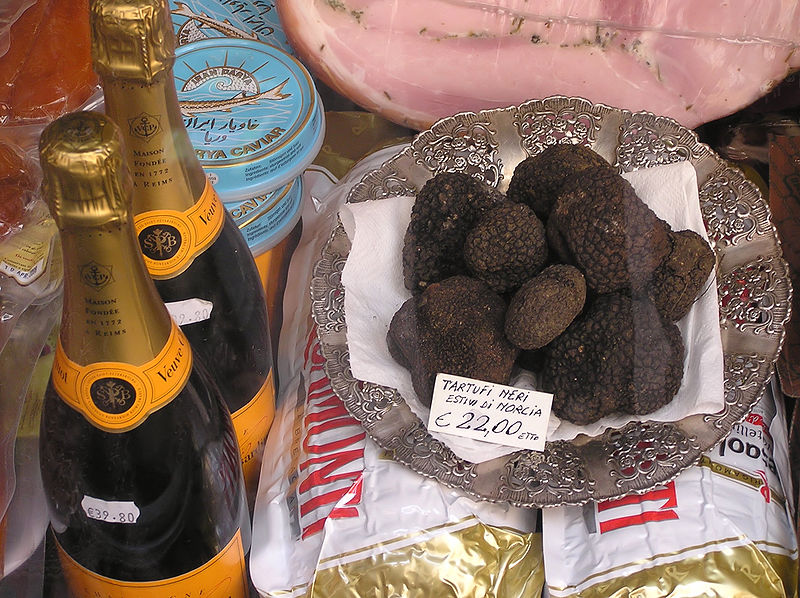
The more affordable and plentiful black truffle (tartufo nero) is less aromatic and flavorful than the white variety. Found in Piedmont, but also as far south as Umbria (especially along the Nera river), these truffles often have a wrinkly skin and have sizes similar to white truffles. The Umbrian variety of black truffle has a harvesting season from November to March and is found with the help of a trained pig. The Tartufo nero can withstand the stress of cooking and is often found incorporated into sauces, or a spread for bruschetta or crostini. Black truffle omelettes are a favorite of Assisi and they can also be sliced raw and served with carpaccio or bresaola. Black truffles and black truffle products can also be found preserved in jars or cans. The Tre Scalini ristorante in Rome’s Piazza Navona is famous for using black truffles in their signature “gelato al tartufo.”
Truffle Products
There are many products that make use of the wonderful flavors of truffles, ranging from preserved whole truffles, to purées, dried pastas, pastes and sauces. Truffle risotto is sold jarred with crushed pieces of black truffle mixed with the rice. Truffles can lend their flavors and aromas to nearly anything including flour for pasta or bread and even sea salt. The most popular truffle product however, has to be truffle infused olive oil. Both black and white truffles make extra virgin olive oil even better and are usually one of the more expensive types of oil. Truffle oil is very delicate and is not cooked with, instead it is drizzled on top of savory dishes right before serving.
Regardless of what truffle product you choose, you can be sure to expect a unique flavor that is indescribably good and unforgettable. Whether eaten fresh over pasta or infused in an oil, the earthy goodness of truffles cannot be matched. The dedicated men, dogs and pigs that bring the world these delicacies should be venerated as heroes by gourmands everywhere.
By Justin Demetri

